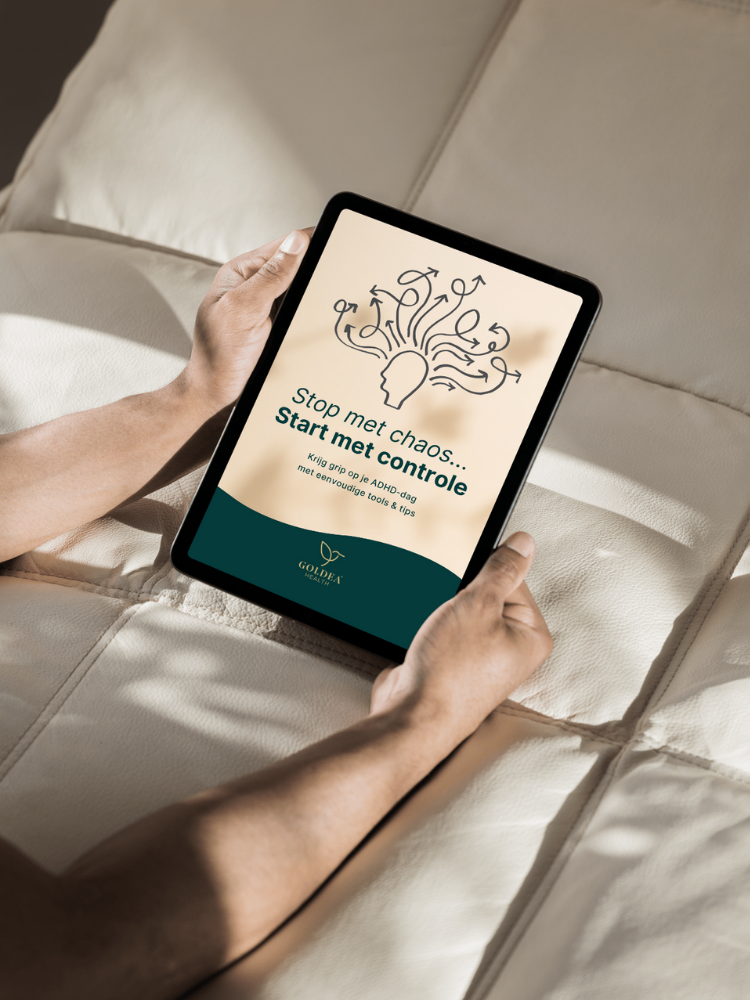What is a Panic Attack?
A panic attack is a sudden period of intense fear or discomfort , often accompanied by physical symptoms such as palpitations, sweating, trembling, and shortness of breath .
This is caused by your body going into 'fight or flight' mode, flooding it with stress hormones like adrenaline.
These responses are meant to protect you in dangerous situations, but in a panic attack this happens for no apparent reason.
The role of the nervous system
Your nervous system consists of the sympathetic nervous system (action) , which is responsible for the fight-or-flight response, and the parasympathetic (relaxation) nervous system, which provides rest and recovery.
During a panic attack, the sympathetic nervous system is overactive, leading to the intense physical symptoms.
So calming your nervous system through breathing exercises is one of the things that can help control the panic attack.
What to do during a panic attack: immediate tips
1. Breathing exercises
Breathing exercises are a powerful way to calm your nervous system and break the fight-or-flight response. Try this belly breathing:
- Stand or sit upright and place your right hand on your stomach.
- Breathe in through your nose and let your belly inflate like a balloon.
- Exhale through your mouth and let your belly deflate.
- Count to 4 as you inhale and to 6 as you exhale.
- Consciously relax the muscles of your jaw, face, neck, shoulders, back and legs.
2. Recognize and accept
The first step to resolving a panic attack is recognition and acceptance. Don’t try to run away from your emotions, but acknowledge that you are afraid and starting to panic. Realize that you are not really in danger. The thought that you are in danger is just a symptom of the panic.
The more you accept the panic, the faster you will overcome the panic attack.
3. Wait and observe
A panic attack prevents you from thinking logically. Try to observe how the panic works in your body. Note down the symptoms you experience. This helps you to distance yourself from your emotions and to take on the role of observer instead of victim.
4. Think about the end of the panic attack
Every panic attack has an end. Even if you don't believe it at the time, a panic attack will always end. It can help to know that the panic will subside after 60 to 90 minutes.
A beautiful mantra: this to shall pass.
5. Find distractions
Do something that makes you pay less attention to your heart rate and breathing:
- Take a sip of water.
- Take a step outside.
- Stand up and bend your knees a few times.
- Read out loud.
- Talk to someone for a moment.
- Call a friend.
- Do something active like cycling, running or walking.
Deeper insight into panic attacks
Causes of panic attacks
A panic attack can be triggered by several factors, such as:
- Stress : Chronic stress can exhaust your body and make you more susceptible to panic attacks.
- Genetics : If panic attacks run in your family, you have a higher chance of experiencing them yourself.
- Previous panic attacks : If you have had a panic attack before, you may develop a fear of future attacks, which can lead to more panic attacks.
Symptoms of a panic attack
During a panic attack you may experience various symptoms, such as:
- Palpitations
- Sweating
- To vibrate
- Dizziness
- shortness of breath
- Tingling in hands or feet
- Dry mouth
- Nausea
- The feeling of losing control, going crazy or dying
Self-reflection and long-term strategies
Reflect after a panic attack
After a panic attack, try to think about why you had the panic attack. Ask yourself questions like:
- Are you suffering from stress?
- Are there certain situations that cause tension in you?
- Write down in which situations you are anxious and what physical complaints you get.
Seek professional help
If you have frequent panic attacks, make an appointment with your GP or therapist. Together you can explore the fear. It can provide insight when you write down in which situations you get the symptoms.
Finally:
If you feel chest pain during a panic attack , always call 9-1-1 immediately.



